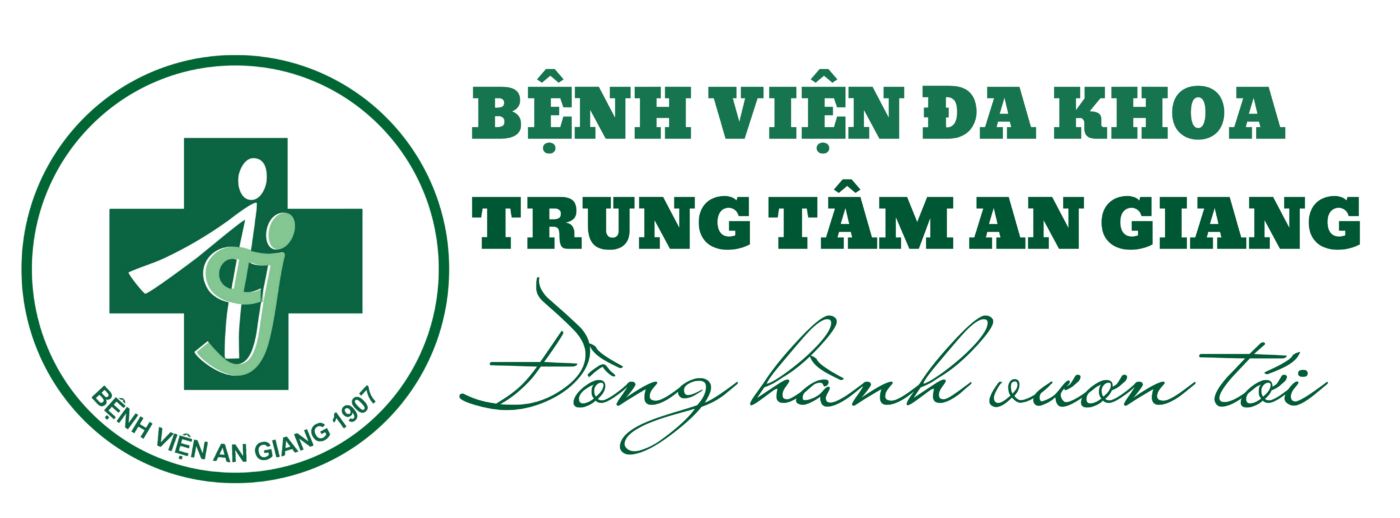Cochrane Database Syst Rev. 2010 Jan 20;(1):CD001069.
Stevens B, Yamada J, Ohlsson A.
Associate Chief of Nursing Research, The Hospital for Sick Children, 555 University Avenue, Toronto, Ontario, Canada, M5G 1X8.
BACKGROUND: Administration of oral sucrose with and without non-nutritive sucking is frequently used as a non-pharmacological intervention for procedural pain relief in neonates.
OBJECTIVES: To determine the efficacy, effect of dose and safety of oral sucrose for relieving procedural pain in neonates.
SEARCH STRATEGY: The standard methods of the Cochrane Neonatal Collaborative Review Group were used.
SELECTION CRITERIA: Randomized controlled trials in which term and/or preterm neonates (postnatal age maximum of 28 days corrected for postmenstrual age) received sucrose for procedural pain. Control conditions included water, pacifier, positioning/containing or breastfeeding.
DATA COLLECTION AND ANALYSIS: The main outcome measures were physiological and/or behavioural pain indicators and/or composite pain scores. A weighted mean difference (WMD) with 95% confidence intervals (CI) using the fixed effects model was reported for continuous outcome measures.
MAIN RESULTS: Forty-four studies enrolling 3,496 infants were included. Results from only a few studies could be combined in meta-analyses. Sucrose significantly reduced duration of total crying time (seconds) [WMD -39.26 (95% CI -44.29, -34.24), 88 neonates], but did not reduce duration of first cry (seconds) during heel lance [WMD -8.99 (95% CI -20.07, 2.10), 192 neonates]. No significant differences were found for percent change in heart rate from baseline at one minute [WMD 0.90 (95% CI -5.81, 7.61), 86 neonates] and three minutes [WMD -6.20 (95% CI -15.27, 2.88), 86 neonates] post-heel lance, or for mean heart rate at three minutes post-heel lance [WMD -0.98 (95% CI -8.29, 6.32), 154 neonates]. Oxygen saturation (%) was significantly lower in infants given sucrose during ROP examination compared to controls [WMD -2.58 (95% CI -4.94, – 0.23), 62 neonates]. Infants given sucrose post-heel lance had significantly lower PIPP scores at 30 seconds [WMD -1.64 (95% CI -2.47, – 0.81), 220 neonates] and 60 seconds [WMD -2.05 (95% CI -3.08, -1.02), 195 neonates]. For ROP exams, sucrose did not significantly reduce PIPP scores [WMD -0.65 (95% CI -1.88, 0.59), 82 neonates]. There were no differences in adverse effects between sucrose and control groups.
AUTHORS’ CONCLUSIONS: Sucrose is safe and effective for reducing procedural pain from single events. An optimal dose could not be identified due to inconsistency in effective sucrose dosage among studies.Further investigation on repeated administration of sucrose in neonates and the use of sucrose in combination with other non-pharmacological (e.g. behavioural, physical) and pharmacologic interventions is needed. Sucrose use in extremely low birth-weight and unstable and/or ventilated neonates needs to be addressed.





